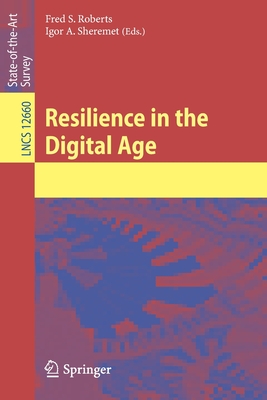Supply Chain Transformation: Evolving with Emerging Business Paradigms (Springer Texts in Business and Economics)
暫譯: 供應鏈轉型:隨著新興商業範式的演變(斯普林格商業與經濟學系列)
Amiya K. Chakravarty
- 出版商: Springer
- 出版日期: 2014-03-25
- 售價: $2,410
- 貴賓價: 9.5 折 $2,290
- 語言: 英文
- 頁數: 351
- 裝訂: Hardcover
- ISBN: 3642419100
- ISBN-13: 9783642419102
-
相關分類:
管理與領導 Management-leadership
海外代購書籍(需單獨結帳)
相關主題
商品描述
Today, supply chain transformation for creating customer value continues to be a priority for many companies, as it enables them to gain a competitive advantage. While value creation is shaped by external drivers such as market volatility, technology, product and service offering and disruption, it can be stymied by the internal stresses arising from the need to minimize costs, limitations in process redesign, waste minimization and the unavailability of knowledge capital. Therefore, for companies to survive and prosper, the relevant questions to ask would be how to identify the external/internal forces driving changes and how to map the business drivers to the attributes of transformation.
While the contemporary supply chain is well-structured, the evolving economic system is causing disruptions to this structure. The emergence of novel business paradigms – non applicability of the traditional laws of supply and demand, dominance of negative externality effects and anomalies of high growth rate coexisting with high supply side uncertainty – must be recognized in transforming supply chains. For example, healthcare delivery and humanitarian relief do not follow known supply/demand relationships; the negative externality effects are increasing sustainability concerns; and emerging economies, with dysfunctional business infrastructure, must manage high growth rates.
This book delves into the transformation issues in supply chains and extends the concepts to incorporate emerging issues. It does so through ten chapters, divided into three sections. The first section establishes the framework for transformation, while the second focuses on the transformation of current chains in terms of products, processes, supply base, procurement, logistics and fulfillment. Section three is devoted to capturing the key issues in transforming supply chains for emerging economies, humanitarian relief, sustainability and healthcare delivery.
This work will be of interest to both academics and industrial practitioners and will be of great value to graduate students in business and engineering. It raises many questions, some provocative and provides many leads for in-depth research. Several approaches are suggested for new problems along with a discussion of case studies and examples from different industries.商品描述(中文翻譯)
今天,供應鏈轉型以創造客戶價值仍然是許多公司的優先事項,因為這使他們能夠獲得競爭優勢。雖然價值創造受到市場波動、技術、產品和服務提供及其顛覆等外部驅動因素的影響,但內部壓力,如降低成本的需求、流程重新設計的限制、減少浪費以及知識資本的缺乏,可能會阻礙這一過程。因此,為了讓公司生存和繁榮,相關的問題是如何識別推動變革的外部/內部力量,以及如何將商業驅動因素映射到轉型的屬性上。
儘管當代供應鏈結構良好,但不斷演變的經濟體系正在對這一結構造成干擾。新商業範式的出現——傳統供需法則的不適用、負外部性影響的主導地位以及高增長率與高供應端不確定性共存的異常現象——在轉型供應鏈時必須被認識。例如,醫療服務和人道救援並不遵循已知的供需關係;負外部性影響正在增加可持續性問題;而新興經濟體則必須管理高增長率,儘管其商業基礎設施功能失調。
本書深入探討供應鏈中的轉型問題,並擴展概念以納入新興問題。全書共分為三個部分的十個章節。第一部分建立了轉型的框架,第二部分則專注於當前供應鏈在產品、流程、供應基礎、採購、物流和履行方面的轉型。第三部分專門捕捉新興經濟體、人道救援、可持續性和醫療服務轉型中的關鍵問題。
本書將對學術界和工業實踐者都具有興趣,並對商業和工程的研究生具有很大價值。它提出了許多問題,其中一些具有挑釁性,並提供了許多深入研究的線索。對於新問題,建議了幾種方法,並討論了來自不同產業的案例研究和示例。































